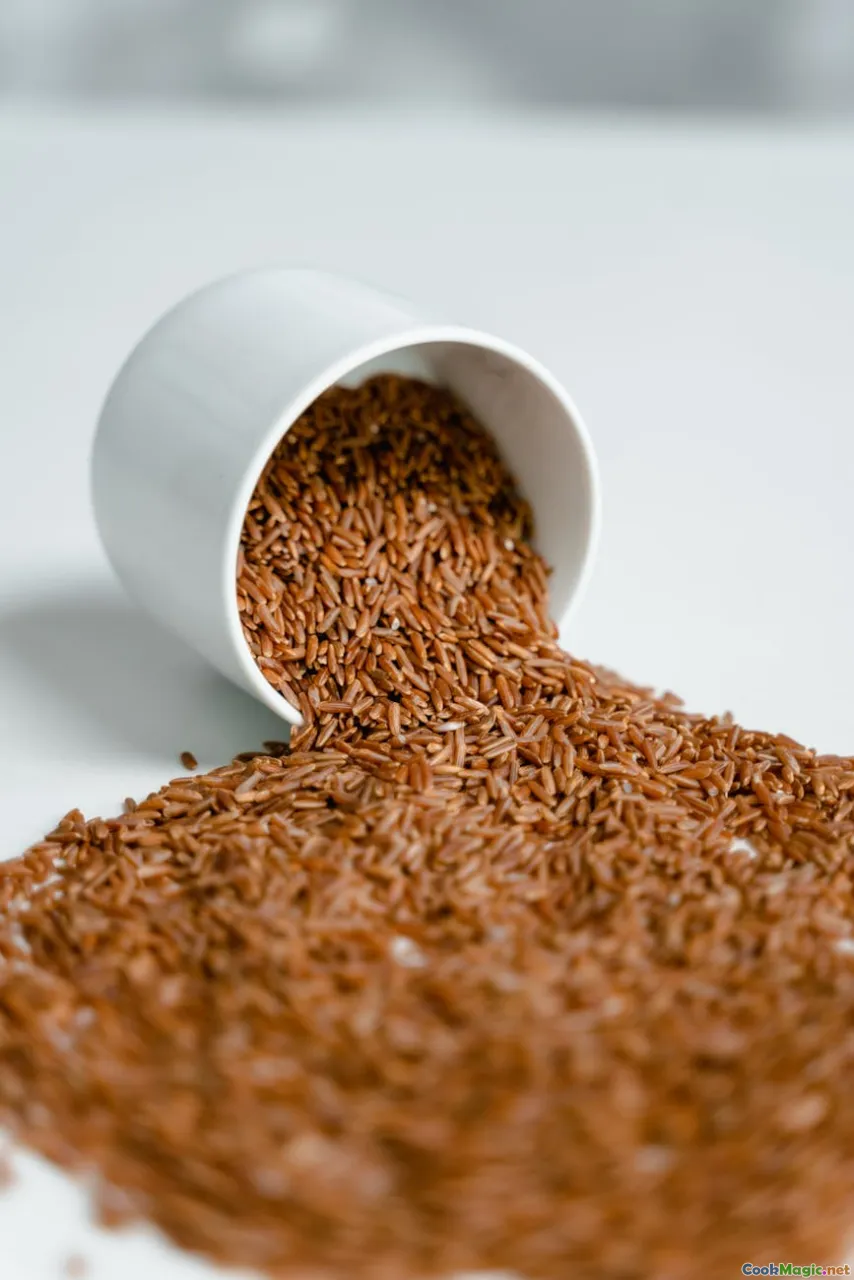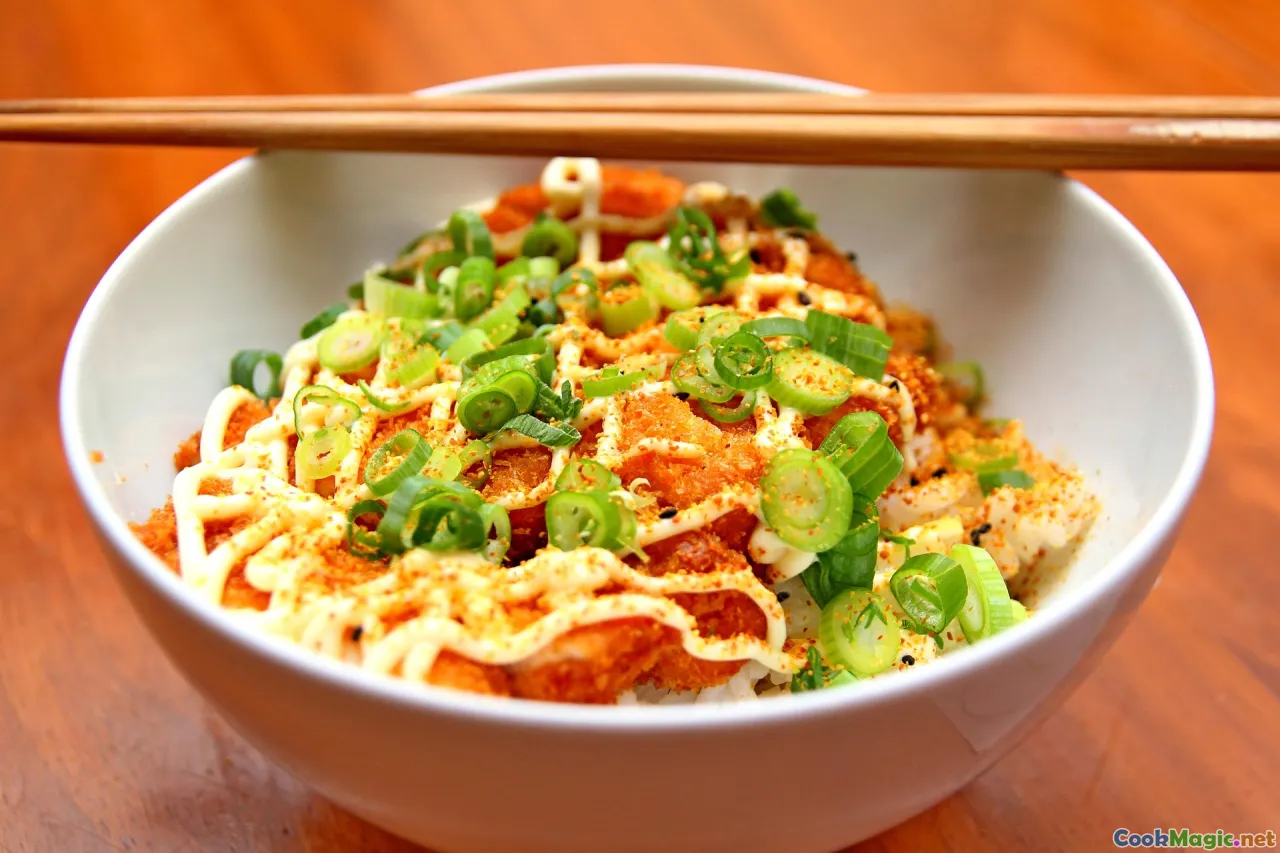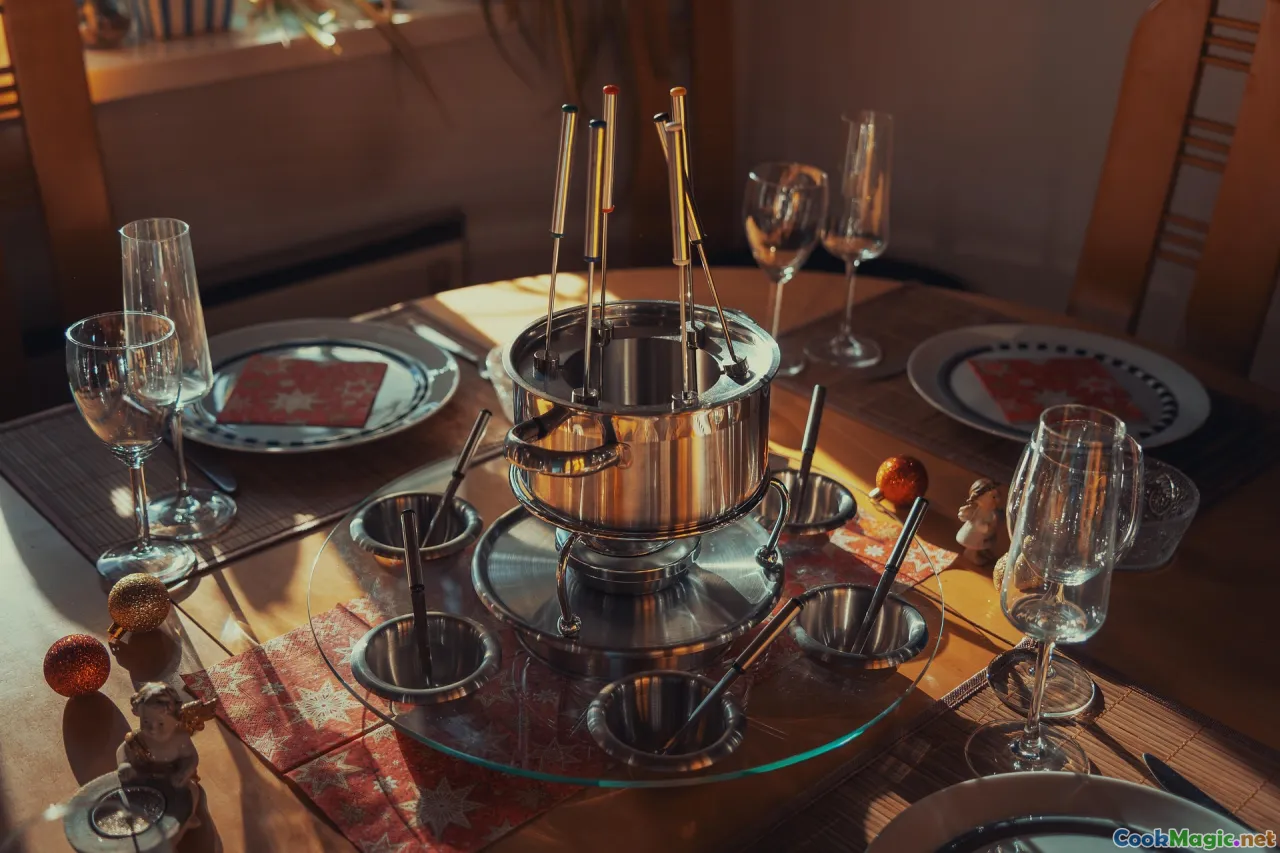The Significance of Shiro in Everyday Ethiopian Diets
11 min read Explore the cultural importance and culinary role of Shiro in daily Ethiopian diets, highlighting its flavor, nutrition, and cultural symbolism. July 13, 2025 06:05
The Significance of Shiro in Everyday Ethiopian Diets
Ethiopia’s vibrant culinary tapestry is woven with a multitude of flavors, spices, and textures that breathe life into every meal. Among these, one dish stands out—not only for its comforting taste but also for its deep cultural roots and vital nutritional role: Shiro. This humble yet hearty stew, with its rich, velvety consistency and intoxicating aroma, has been a staple on Ethiopian tables for centuries, embodying humility, community, and resilience.
Imagine the smoky scent of roasted chickpeas and garlic wafting through a bustling Addis Ababa morning market, or the sight of a steaming bowl of shiro sitting at the center of a family’s table, inviting all to gather around in shared warmth. For many Ethiopians, shiro is more than just a meal; it is an expression of identity, tradition, and love. Let’s delve into the world of shiro—its history, preparation, cultural importance, and enduring significance in daily Ethiopian diets.

The Heart of the Ethiopian Feast: What is Shiro?
Shiro is a fragrant, savory stew primarily made from ground chickpeas (or sometimes broad beans), infused with a blend of spices, garlic, ginger, and sometimes berbere—a signature Ethiopian spice mix. The resulting dish boasts a creamy, smooth texture with a deep, earthy flavor that can be both spicy and mildly sweet, depending on ingredients and seasoning.
Traditionally, shiro is cooked quickly over a pot of simmering base ingredients, developing a rich complexity that is achieved through patience and care. Its vibrant orange-brown color is often a visual cue of its hearty nature.
Taste profile: Imagine biting into a spoonful that melts in your mouth—soft, velvety, with a savory punch from ground spices and a subtle heat, balanced by the nuttiness of the chickpeas. The aroma is irresistibly pungent, with hints of garlic and ginger intermingling with smoky berbere, awakening the senses.

Cultural Roots and Historical Significance
Ethiopia's culinary history dates back thousands of years, and shiro’s origins are deeply woven into this ancient tapestry. It is believed to have emerged from the pastoral and agrarian communities where chickpeas—an easy-to-grow legume—became a staple source of protein.
Throughout history, shiro has served as an accessible, affordable protein source, especially during fasting periods observed by Ethiopian Orthodox Christians, during which many animal products are avoided. Its simplicity and nutritional content made it a dietary mainstay, ensuring sustenance during hard times and fasting seasons.
In Ethiopian culture, sharing shiro is often a communal act—a symbol of unity and togetherness. It is customary in many households to prepare large pots of shiro to be shared with neighbors, friends, and relatives, fostering social bonds and reinforcing communal resilience.

The Preparation: A Step-by-Step Guide
Making authentic Ethiopian shiro is an art rooted in patience and attention to detail. Here’s a deep dive into the traditional method:
Ingredients:
- Ground chickpeas (or split peas)
- Onion
- Garlic
- Ginger
- Berbere spice mix
- Tomato paste (optional)
- Olive or sesame oil
- Salt to taste
- Water or broth
Method:
- Sauté the Aromatics: Finely chop onions, garlic, and ginger. Heat oil in a saucepan over medium heat, and sauté until golden and fragrant.
- Add Berbere and Tomato Paste: Stir in berbere for heat and aroma, followed by a spoonful of tomato paste to enrich the stew’s color and depth.
- Incorporate Ground Chickpeas: Gradually add ground chickpeas or split peas, stirring well to coat with spices.
- Simmer: Pour in water or broth, stirring constantly to prevent lumps. Reduce heat and let it simmer, stirring occasionally, until the texture is smooth, creamy, and thickened—about 20-30 minutes.
- Adjust Seasonings: Taste and add salt as needed. Some cooks squeeze in fresh lemon juice for brightness.
- Serve: Traditionally served piping hot with injera, the spongy sourdough flatbread that acts as both plate and utensil.

Shiro in Daily Life: Beyond the Plate
The significance of shiro transcends its nutritional value. It embodies the Ethiopian spirit—simplicity, resourcefulness, and a communal way of life. It’s often associated with comfort and home—the dish grandmothers diligently prepare in earthenware pots, filling the air with nostalgia.
In urban settings, shiro is found in bustling eateries during lunch hours, where steel serving trays are laden with small bowls of various stews, with shiro standing out as a crowd favorite. Street vendors expertly ladle hot shiro into small cups, offering warmth and sustenance to passersby on chilly mornings.
Graduation ceremonies, religious festivals, and family celebrations often feature shiro prominently, emphasizing its role as a unifying dish that bridges social divides and generates a sense of belonging.

Variations and Modern Twists
While the traditional shiro remains a beloved staple, contemporary chefs and home cooks experiment with creative adaptations:
- Vegetable infusion: Adding chopped spinach or kale for nutritional boost and color.
- Meat options: Incorporating small amounts of seasoned ground beef or lamb for those who are not fasting.
- Fusion flavors: Introducing coconut milk for a hint of sweetness or adding chili for extra heat.
Innovations aside, the core aspects of flavor, aroma, and communal sharing remain unchanged—honoring the dish’s roots while embracing culinary creativity.

Practical Tips: Perfecting Your Shiro
To elevate your shiro game, keep these tips in mind:
- Use freshly ground spices and high-quality chickpeas for maximum flavor.
- Stir thoroughly during cooking to ensure a smooth, lump-free texture.
- Experiment with spice levels—adjust berbere and garlic to suit your taste.
- Serve with injera for a truly authentic experience or with rice or bread if preferred.
- Prepare in advance; shiro actually tastes better the next day as flavors meld.

Personal Reflection: Why Shiro Continues to Nourish
For many Ethiopians, shiro isn’t just food—it’s a reflection of their history, resilience, and community spirit. It’s a dish that reminds us that nourishment goes beyond sustenance: it’s about belonging, tradition, and shared stories around a communal bowl.
As I watch a family gather around their steaming shiro with smiles etched with familiarity, I am reminded of the warmth such a simple dish can provide. It’s a culinary embrace from generations past to those present, a testament to the enduring power of humble ingredients transformed through love and tradition.
Whether enjoyed during a quiet Sunday meal, a festive celebration, or a fasting day, shiro remains a cornerstone of Ethiopian identity—a symbol of simplicity that sustains both body and soul.
And so, in every luscious spoonful of shiro, there is a story—a story of survival, community, and the timeless beauty of Ethiopian cuisine.









